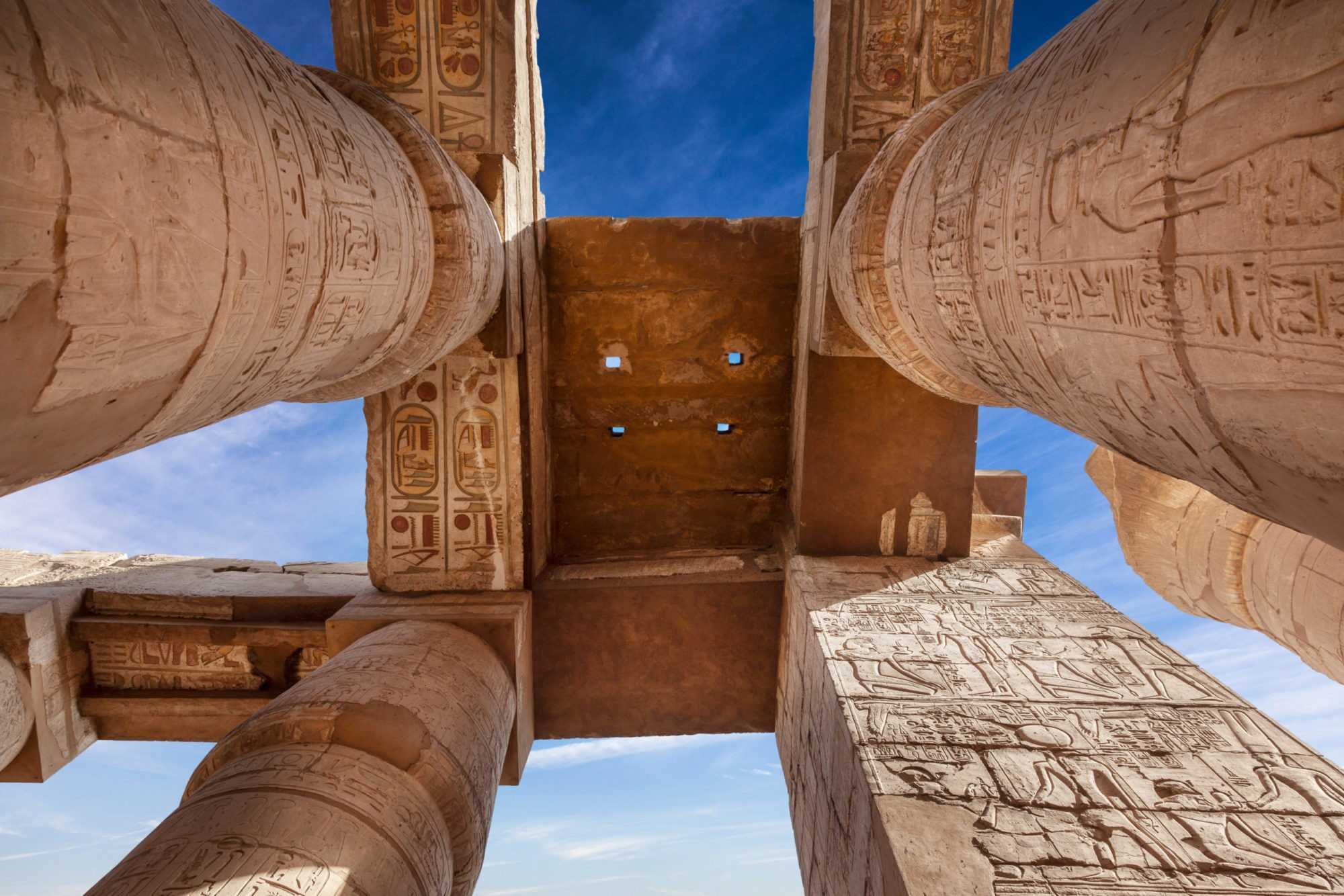BY DAVE RANKIN
“Men of ignoble birth out of the eastern parts, had boldness enough to make expedition into our country, and with ease subdued it by force, yet without hazarding battle with them.”- Manetho, Chronicles of Egypt.
The reminder of yet another dark period in ancient Kemetian/Egyptian history will always inform us that, “a house divided will not survive.” This was the case when “Men of ignoble birth out of the eastern parts” came into the area. The Hyksos invasion took place during the 15th Dynasty either around 1720 BCE, as Chancellor Williams places it, or approximately 1675 BCE as Dr. Yosef ben Jochannan (a.k.a Dr. Ben) describes it. Regardless of whose dating system we are using, this epoch in our history had a grave effect.
Dr. Ben elucidates on this in his work Black Man of the Nile and His Family, “A rampaging army… under the command of their leader general Saltis… invaded and occupied the Nile Delta.” In his tremendous body of work, The Destruction of Black Civilization, Chancellor Williams adds to this when he advises, “This invasion… was ruthless and aimed at nothing less than the extermination of the Egyptian people.” What the Hyksos set in motion at this time changed the face of ancient Kemet/Egypt for centuries to come. I say this for a few reasons.
The first and most obvious was the change in power. The despotic Hyksos rule was just that; chaotic. The invaders “d estroyed vast amounts of temples,” Dr. Ben tells us in securing their hold on newly African soil. Forcing their captives into slavery, High priest and historian Manetho provides a further account via the book When Egypt Ruled the East, ”(the Hyksos) treated all the natives with a cruel hostility, massacring some and leading into slavery the wives and children of others.”
Can you imagine the fear among our fore parents when these nomads with foreign ways came into the land and disrupted its way of life? Families being torn apart through death, and decay, young women of noble status were being carried off to be wed to strangers, breaking Kemetian traditions. They practically destroyed everything they touched and they did this in the name of political authority. I mean, what could you expect from these nomads who had no understanding of Kemetian High-Culture civilization; disruption via violence was surely an effect of their occupancy.
The second reason for my statement is the fact that an invasion of this magnitude increased the numbers of foreign occupants coming into the country. Eventually, this led to inter-racial marriage over the years, thus literally changing the DNA of a people, and further cementing the term Afro-Asian.
In our last installment, we mentioned the fragmentation of power during the 13th Dynasty was a catalyst. This automatically led to bad politics and much weaker borders for nearly two centuries. Chancellor Williams adds to this when he writes, “A period of turmoil was also the opportune time for great armed invasions.” There was no way Kemet could have stopped the Asian migrants of the 13th and 14th Dynasties, so when the Hyksos came into Kemet during the 15th Dynasty, there were already a great number of Asians in the country. I also add that this period of time would have seen the biblical Abraham and his followers make their way into Kemet to seek refuge. The Beni Hassan tombs of the Middle Kingdom are a great physical reference for the migration.
This small glimpse of what transpired during the Hyksos rule provides us with insight to be followed with our next installment, where we will look at the liberation of Kemet by a list of brave and dedicated pharaohs, who would stop at nothing to free their people.

